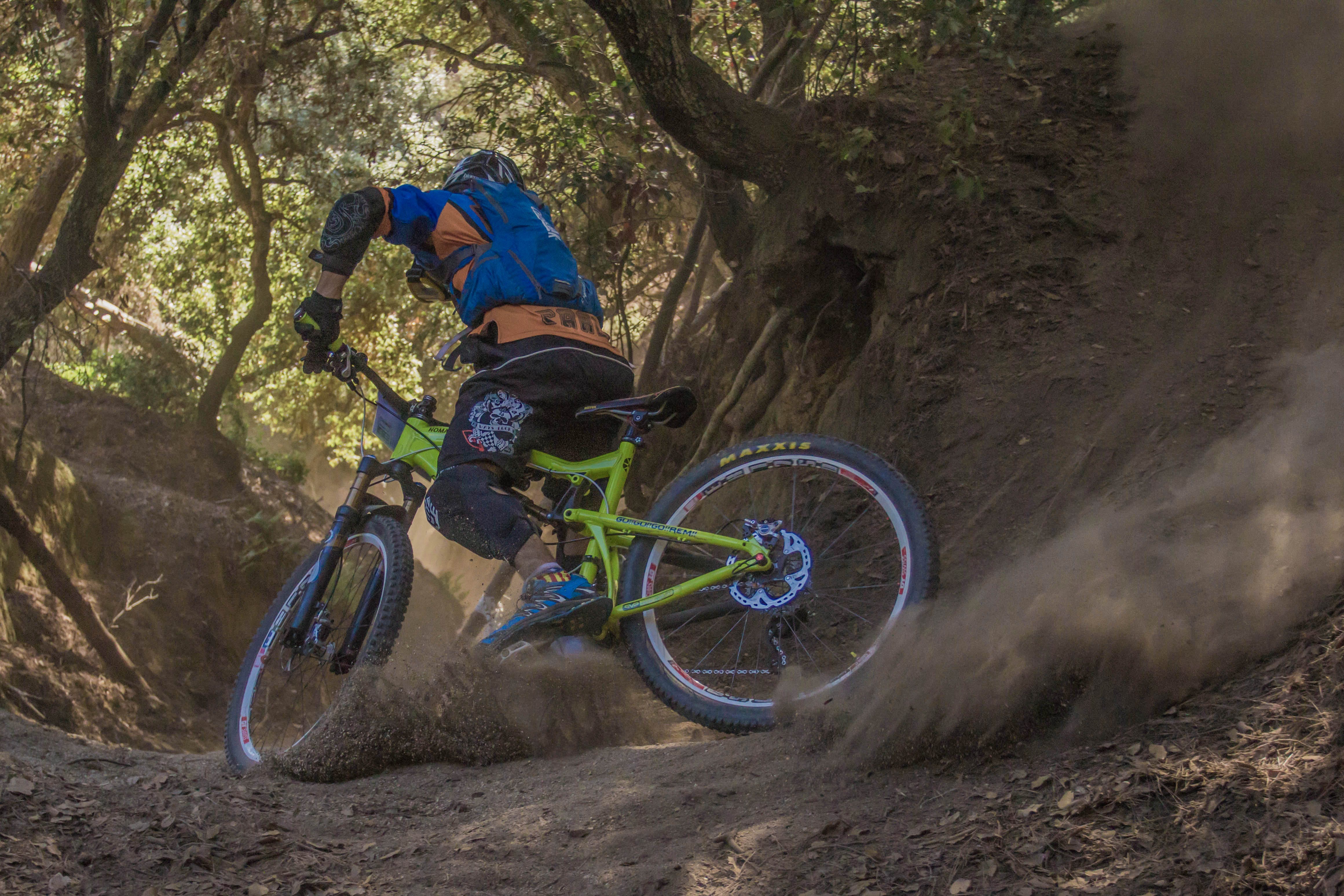Comfort is Key: A Guide to Preventing Common Cycling Discomforts

Cycling is not just a sport; it's a pursuit of joy and adventure on two wheels. However, even the most passionate cyclists may encounter discomforts that can detract from the overall experience. In this guide, we'll explore common cycling discomforts and provide tips to ensure that your rides remain a comfortable and enjoyable journey.
Saddle Soreness: Finding the Right Fit
Tip: Invest in a Properly Fitted Saddle
Saddle soreness is a common woe for cyclists, often stemming from an ill-fitting saddle. Consider getting a professional bike fitting to determine the right saddle width and shape for your anatomy. Additionally, wear padded cycling shorts and adjust the saddle height and tilt to reduce friction.
Numb Hands and Fingers: Ergonomics Matter
Tip: Adjust Your Handlebar Setup
Numbness in the hands and fingers can be alleviated by adjusting your handlebar setup. Ensure that your handlebars are at the right height and angle, and consider ergonomic grips. Change hand positions frequently during rides to prevent prolonged pressure on nerves.
Neck and Shoulder Pain: Achieving a Comfortable Posture
Tip: Check Your Bike Fit and Posture
Neck and shoulder pain can result from an improper bike fit or poor riding posture. Ensure that your bike is fitted correctly, with attention to saddle height and reach. Practice good posture by keeping your back straight and shoulders relaxed, and consider incorporating neck stretches into your pre- and post-ride routine.
Foot Discomfort: Pedal Alignment and Shoe Fit
Tip: Align Your Cleats and Choose the Right Shoes
Foot discomfort often arises from misaligned cleats or ill-fitting cycling shoes. Align your cleats to ensure a natural foot position and choose shoes with the right width and arch support. Don't forget to check your sock choice—moisture-wicking socks can prevent blisters.
Lower Back Pain: Strengthen and Stretch
Tip: Strengthen Core Muscles and Stretch Regularly
Lower back pain can result from weak core muscles and inflexibility. Incorporate core-strengthening exercises into your off-bike routine and include stretching to improve flexibility. Adjust your saddle height if needed, as improper saddle height can contribute to lower back discomfort.
Knee Pain: Addressing Bike Fit and Pedal Technique
Tip: Ensure Proper Bike Fit and Pedaling Technique
Knee pain is often a sign of improper bike fit or pedal technique. Check that your saddle height and position are correct, and consider getting a professional bike fitting. Pay attention to pedal technique, ensuring a smooth circular motion rather than excessive strain on the knees.
Chafing: Banishing Friction Woes
Tip: Use Anti-Chafing Cream and Proper Attire
Chafing can be a cyclist's nemesis, especially on long rides. Apply anti-chafing cream to areas prone to friction, and wear moisture-wicking, seamless clothing. Ensure that your cycling shorts fit snugly but not too tight to avoid unnecessary rubbing.
Dehydration and Bonking: Fueling Your Body
Tip: Stay Hydrated and Consume Nutritious Snacks
Dehydration and "bonking" (running out of energy) can lead to discomfort and fatigue. Stay hydrated by sipping water regularly and replenish electrolytes on longer rides. Consume energy-rich snacks to maintain your fuel levels and prevent the onset of fatigue.
Comfort is paramount when it comes to enjoying your cycling adventures. By addressing common discomforts through proper bike fit, equipment choices, and rider habits, you can enhance your overall riding experience. Regularly assess your bike setup, incorporate strengthening and stretching routines, and stay attuned to your body's signals. With a commitment to comfort, you'll be ready to hit the road with joy and confidence on every ride.